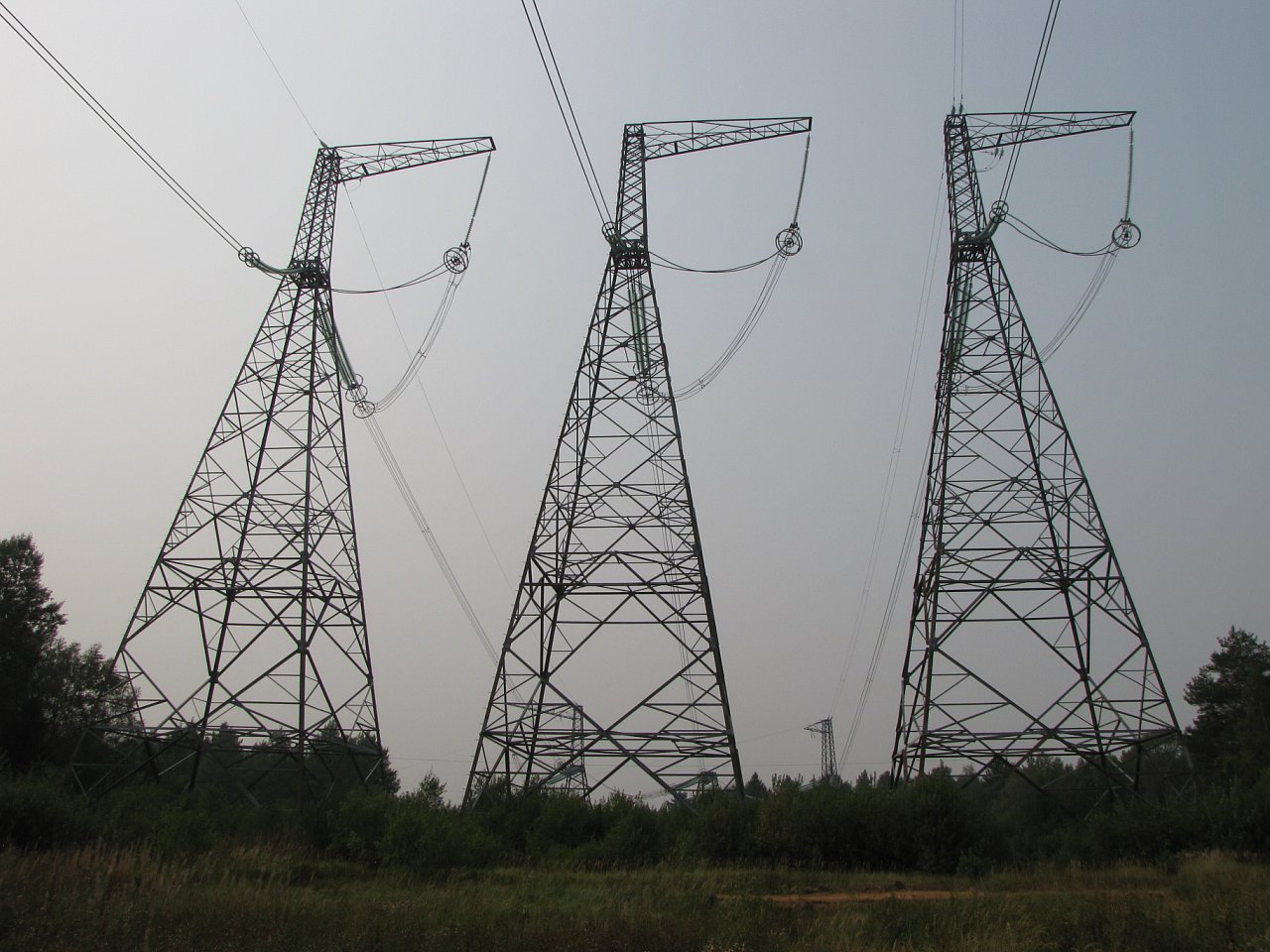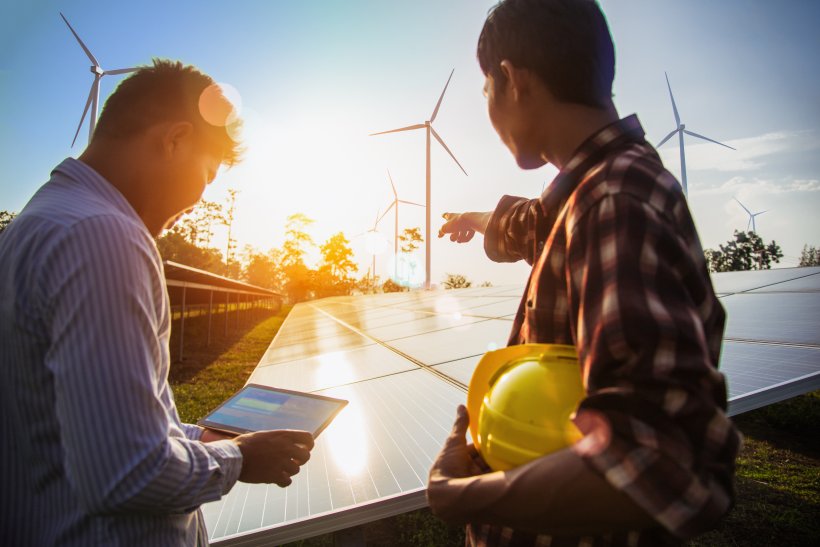We have much more to do and your continued support is needed now more than ever.
Power Lines and Clean Energy: Our Opportunity to Learn from the Past

In the late 1800’s, a rivalry between two men defined the shape of the United States’ power grid. Thomas Edison invented the Direct Current (DC), and Nikola Tesla invented Alternating Current (AC). DC and AC are two different forms of energy flows. Edison and Tesla disagreed over which form of energy flow would be “best” for the United States power grid. Tesla’s AC flow permitted energy to flow long distances, whereas Edison’s DC was best suited for traveling short distances. Despite Edison’s best efforts to discredit Tesla’s AC invention, the United States eventually adopted AC as the primary energy flow of our energy grid. Edison and Tesla’s disagreement began a fight that continues today: what is the “best” way to run the energy grid? The truth: there is no best way, but there are methods that address historical inequities and prioritize our natural ecosystems.
How Prioritizing Our Rural Communities Benefitted Everyone
In the early 1900s, the dissemination of electricity to the masses wasn’t fairly proportioned. Dense, urban centers enjoyed the luxury of electricity while rural communities lived without access to this new, life-changing resource. So, in the 1930s, President Franklin D. Roosevelt (FDR) created the Rural Electrification Administration (REA), which helped farmers get power and light at an affordable price. The energy was finally affordable because FDR implemented the Rural Electrification Act of 1936, which offered loans to rural communities to build generation, distribution, and transmission lines that could produce, carry, and deliver electricity to these communities, respectively. This program only saw great success because generation, local networks, and transmission worked in collaboration to create our power grid.
After years and years of building, the United States ended up with roughly 600,000 miles of transmission lines, around 5.5 million miles of local distribution lines, and a diverse set of generators from renewable sources like solar and wind, to fossil fuels like coal and natural gas. All of these diverse forms of generation, together with a large network of transmission and distribution lines, have provided relatively affordable energy for the United States for years.

Challenges in the 21st Century
Today the energy grid is facing massive challenges that require rapid responses. These challenges include:
- Severe weather and environmental changes as a result of rapid climate change,
- Aging infrastructure that has not been upgraded for years, and
- Reconciling and rectifying how our reliance on fossil fuels has subjected our most underserved communities to disproportionate, negative health outcomes for decades—plus lack of access to new clean energy.
But tackling these challenges is possible. In fact, there has never been a better time for us to address these challenges. For the first time ever, in 2020, renewables like solar, wind, and hydro have accounted for the largest portion of new generating capacity within a year. Additionally, the Bipartisan Infrastructure Law (BIL) and Inflation Reduction Act (IRA) allocated hundreds of billions of dollars to renewable energy development, transmission buildout, and other technologies that can help upgrade and build out the energy grid. Companies like Mitsubishi Electric Corporation and General Electric (GE) are even finding new ways to apply Edison’s DC flow of energy at high voltages, known as high voltage direct current lines, or HVDC lines, to transport stable electricity across long distances with less electricity loss.
How do we address all of these challenges?
Answer: Together. By proactively planning and coordinating the siting and investments of transmission upgrades and buildouts, utility-scale generation, and localized generation synergistically with meaningful community input, the United States can meet the climate goal of net-zero by 2050.
The benefits of local and utility-scale generation are largest when they are shared freely and within regions through transmission. When one region has excess energy generation, which will most certainly occur in the areas that can produce the most energy generation, it can send reliable power to distant communities where renewable energy resources are scarce. When a region’s utility-scale power is disrupted, instead of incurring power blackouts, local power can help keep the lights on—especially if regional neighbors provide support. So, any assertion that a micro- or a macro-grid is “best” fails to recognize the benefits of both methods working together. This is especially true because these benefits are further augmented when regulators consider the cumulative impacts of projects and developers create community benefit agreements to ensure meaningful, local community involvement occurs at all stages of the project design and implementation. Our grid may have started as a contest, but we certainly cannot leave our future up to a struggle for superiority. The only way to move forward is together.
If you want to learn more about responsible transmission buildout, read more here.





















